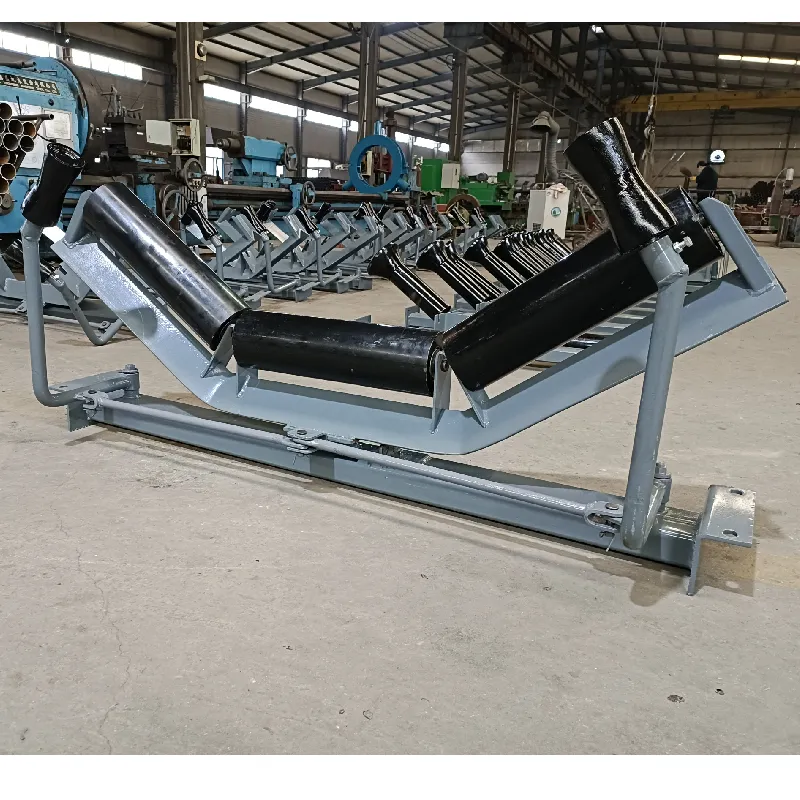 Afrikaans
Afrikaans  Albanian
Albanian  Amharic
Amharic  Arabic
Arabic  Armenian
Armenian  Azerbaijani
Azerbaijani  Basque
Basque  Belarusian
Belarusian  Bengali
Bengali  Bosnian
Bosnian  Bulgarian
Bulgarian  Catalan
Catalan  Cebuano
Cebuano  Corsican
Corsican  Croatian
Croatian  Czech
Czech  Danish
Danish  Dutch
Dutch  English
English  Esperanto
Esperanto  Estonian
Estonian  Finnish
Finnish  French
French  Frisian
Frisian  Galician
Galician  Georgian
Georgian  German
German  Greek
Greek  Gujarati
Gujarati  Haitian Creole
Haitian Creole  hausa
hausa  hawaiian
hawaiian  Hebrew
Hebrew  Hindi
Hindi  Miao
Miao  Hungarian
Hungarian  Icelandic
Icelandic  igbo
igbo  Indonesian
Indonesian  irish
irish  Italian
Italian  Japanese
Japanese  Javanese
Javanese  Kannada
Kannada  kazakh
kazakh  Khmer
Khmer  Rwandese
Rwandese  Korean
Korean  Kurdish
Kurdish  Kyrgyz
Kyrgyz  Lao
Lao  Latin
Latin  Latvian
Latvian  Lithuanian
Lithuanian  Luxembourgish
Luxembourgish  Macedonian
Macedonian  Malgashi
Malgashi  Malay
Malay  Malayalam
Malayalam  Maltese
Maltese  Maori
Maori  Marathi
Marathi  Mongolian
Mongolian  Myanmar
Myanmar  Nepali
Nepali  Norwegian
Norwegian  Norwegian
Norwegian  Occitan
Occitan  Pashto
Pashto  Persian
Persian  Polish
Polish  Portuguese
Portuguese  Punjabi
Punjabi  Romanian
Romanian  Russian
Russian  Samoan
Samoan  Scottish Gaelic
Scottish Gaelic  Serbian
Serbian  Sesotho
Sesotho  Shona
Shona  Sindhi
Sindhi  Sinhala
Sinhala  Slovak
Slovak  Slovenian
Slovenian  Somali
Somali  Spanish
Spanish  Sundanese
Sundanese  Swahili
Swahili  Swedish
Swedish  Tagalog
Tagalog  Tajik
Tajik  Tamil
Tamil  Tatar
Tatar  Telugu
Telugu  Thai
Thai  Turkish
Turkish  Turkmen
Turkmen  Ukrainian
Ukrainian  Urdu
Urdu  Uighur
Uighur  Uzbek
Uzbek  Vietnamese
Vietnamese  Welsh
Welsh  Bantu
Bantu  Yiddish
Yiddish  Yoruba
Yoruba  Zulu
Zulu Types of Idlers Used in Belt Conveyor Systems
Types of Idlers in Belt Conveyors
Belt conveyors are an essential component in various industries, simplifying the transportation of materials. Idlers are a critical part of a belt conveyor system, supporting the belt and the load it carries. Different types of idlers are designed based on the specific requirements of the application, and each type serves a unique purpose. In this article, we will explore the various types of idlers used in belt conveyors, their functions, and their importance in enhancing conveyor efficiency.
1. Carrying Idlers
Carrying idlers are the most common type of idlers found in belt conveyors. They are located underneath the belt at intervals along the conveyor's length and support the load being transported. Carrying idlers can be further categorized into two subtypes troughing idlers and flat idlers.
- Troughing Idlers These idlers are designed with a V-shaped configuration, allowing them to effectively guide and support the conveyor belt as it carries materials. The trough design helps to contain the materials on the belt, preventing spillage and ensuring efficient material transport. Troughing idlers are most commonly used in bulk material handling applications.
- Flat Idlers In contrast, flat idlers have a horizontal surface and are generally used in applications where the belt does not carry bulk materials, such as package handling systems.
Return idlers support the empty conveyor belt as it returns to the loading point. These idlers are situated directly underneath the belt on the return path and are crucial in reducing friction and wear on the belt. Properly designed return idlers help to maintain belt alignment and minimize the risk of the belt sagging or twisting, which can lead to premature wear.
types of idler in belt conveyor

3. Impact Idlers
Impact idlers are specially designed to absorb the shock and impact forces that occur when heavy materials are loaded onto the conveyor belt. These idlers are typically located at the loading zones where materials are dropped onto the belt. By using impact idlers, operators can protect the belt and other conveyor components from damage caused by sudden impacts, thus enhancing the system's longevity and reducing maintenance costs.
4. Training Idlers
Training idlers play a vital role in ensuring the proper alignment of the conveyor belt. Misalignment can lead to excessive wear on the belt and other components, resulting in costly breakdowns. Training idlers are typically adjustable and can be positioned at specific points along the conveyor to guide the belt back to its central position. These idlers help in maintaining the efficiency of the conveyor system and prolonging the life of the belt.
5. Specialty Idlers
In addition to the conventional idlers mentioned, there are various specialty idlers designed for specific applications. These include self-cleaning idlers that help to prevent material buildup on the idler surface, as well as air-supported idlers that use a cushion of air to support the belt and reduce friction. Specialty idlers are essential in unique and complex material handling systems where standard idlers may not suffice.
Conclusion
The effectiveness of a belt conveyor largely depends on its idlers. Understanding the different types of idlers and their functions can help industry professionals choose the right components for their specific applications. By selecting appropriate idlers, it is possible to optimize conveyor performance, minimize maintenance costs, and ensure the efficient transport of materials. Choosing the right combination of carrying, return, impact, training, and specialty idlers is crucial for the successful operation of any belt conveyor system.
-
Revolutionizing Conveyor Reliability with Advanced Rubber Lagging PulleysNewsJul.22,2025
-
Powering Precision and Durability with Expert Manufacturers of Conveyor ComponentsNewsJul.22,2025
-
Optimizing Conveyor Systems with Advanced Conveyor AccessoriesNewsJul.22,2025
-
Maximize Conveyor Efficiency with Quality Conveyor Idler PulleysNewsJul.22,2025
-
Future-Proof Your Conveyor System with High-Performance Polyurethane RollerNewsJul.22,2025
-
Driving Efficiency Forward with Quality Idlers and RollersNewsJul.22,2025





























